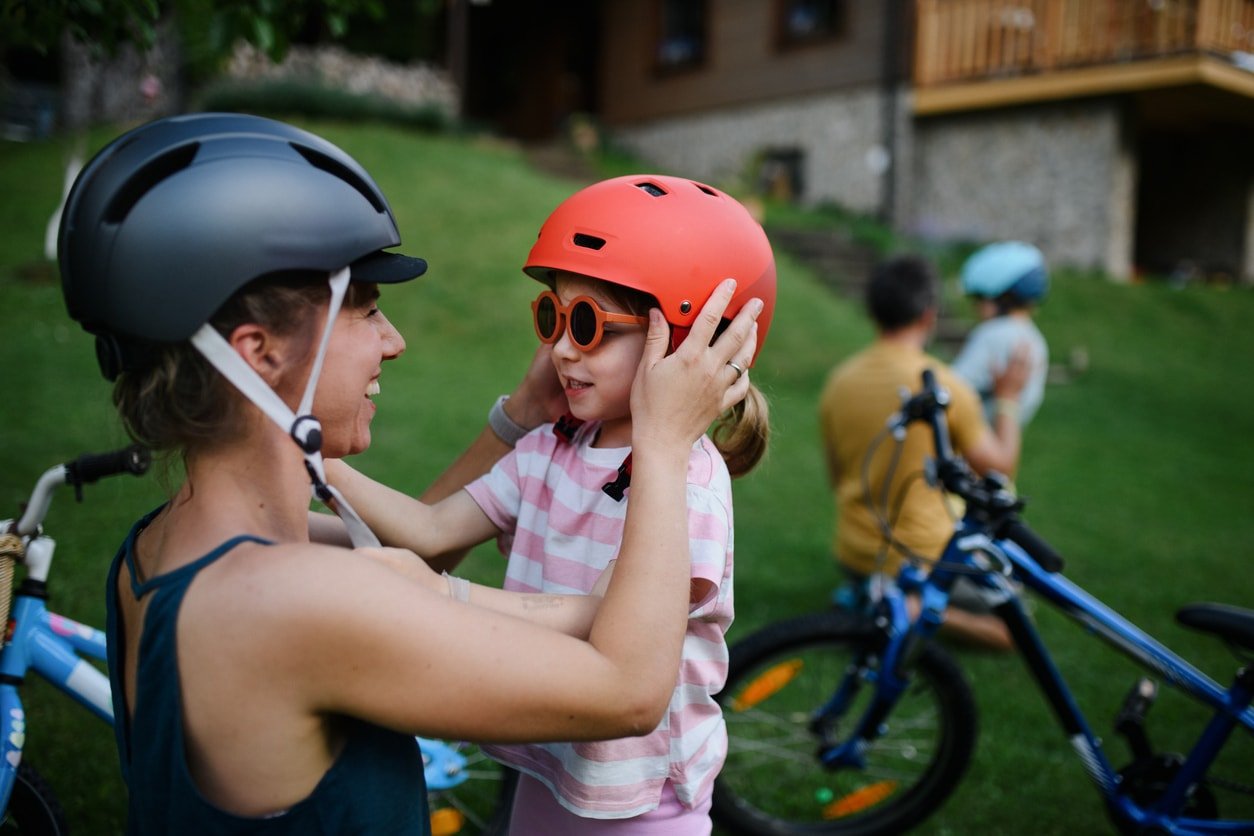NAIDOC Week (National Aborigines and Islanders Day Observance Committee) occurs annually in July. It’s an important time to recognise and celebrate the rich history, culture, and achievements of Indigenous Australians. It presents a wonderful opportunity for parents to engage their toddlers in activities that foster an understanding and appreciation for the First Nations peoples of Australia.
By incorporating these activities into your family’s routine during NAIDOC Week (2-9 July), you can help your toddlers develop an early connection with Indigenous Australian culture. Here are ten engaging activities for toddlers that will honour and celebrate Indigenous heritage.
1. Welcome to country acknowledgment
Begin the week by explaining to your toddlers the significance of a Welcome to Country acknowledgment. Watch videos or read books that explain the importance of recognising the traditional custodians of the land you live on. Encourage your children to participate by creating their own ‘Welcome’ signs or drawings.
2. Traditional storytelling
Introduce your toddlers to the fascinating world of Dreamtime stories. Read age-appropriate books that share the rich mythologies and traditional tales of Indigenous Australians. Afterwards, encourage your little ones to create their own story books or artwork inspired by these stories.
3. Aboriginal art exploration
Explore the vibrant and symbolic art forms of Indigenous Australians. Visit your local museum or gallery, or set up an art corner with paper, paints, and brushes, and encourage your toddlers to create their own dot paintings or handprint artworks. Discuss the significance of these art forms and the stories they can tell.
4. Indigenous music and dance
Expose your toddlers to Indigenous music and dance by playing traditional songs or seeing local performances. Make some instrument or perhaps organise a mini dance party where they can create their own Indigenous-inspired dances at home.
- Here’s a great tutorial from The Imagination Tree to make a simple rain stick
5. Bush tucker tasting
Discover the unique flavours and tastes of bush tucker, which refers to the diverse range of native Australian foods. Take your toddlers on a sensory journey by introducing them to fruits, seeds, and other bush foods. Discuss their origins, traditional uses, and nutritional values.
6. Nature walks and bushcraft
Bushcraft is the art of survival in the bush, so foraging is a great starting point. Take your toddlers on nature walks through local parks, nature reserves, or bushland. Point out and discuss the native plants, trees, and animals you encounter. Collect some nature treasures along the way and bring them home for crafts.
Print off this free Australian scavenger hunt from Eco Explorers.
7. Traditional games and sports
Engage your toddlers in traditional Indigenous games and sports such as boomerang throwing, Wana (kangaroo) hopping races, or Koolchee (hockey) with soft balls. These activities promote physical exercise while fostering an appreciation for Indigenous cultural practices.
8. Language learning
Explore the rich diversity of Indigenous languages in Australia. Utilise online resources, books, or language apps to introduce your toddlers to basic words and phrases from local Indigenous languages. Encourage them to practice and use these words in everyday conversations.
9. Community involvement
Engage with your local Indigenous community by participating in NAIDOC Week events or visiting cultural centres, art exhibitions, or storytelling sessions. These experiences will offer your toddlers an immersive understanding of Indigenous traditions and a chance to interact with community members.
10. Reflecting on respect
Set aside time for reflection and discussion with your toddler about the importance of respect for Indigenous culture, heritage, and knowledge. Encourage them to share what they have learned and brainstorm ways they can continue to honour and support Indigenous Australians.
To raise culturally aware and inclusive children, continue these activities beyond NAIDOC Week to embed indigenous culture in everyday life.

 PARENTING TIPS
PARENTING TIPS PREGNANCY
PREGNANCY BABY CARE
BABY CARE TODDLERS
TODDLERS TEENS
TEENS HEALTH CARE
HEALTH CARE ACTIVITIES & CRAFTS
ACTIVITIES & CRAFTS


